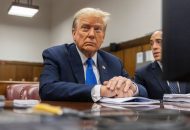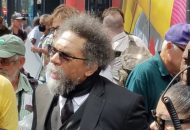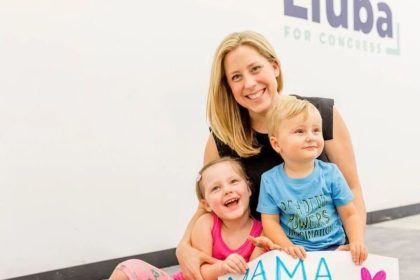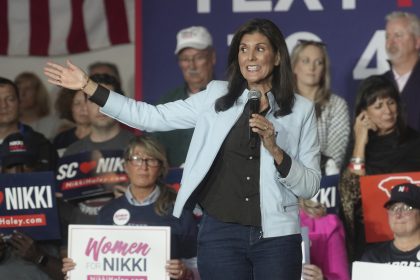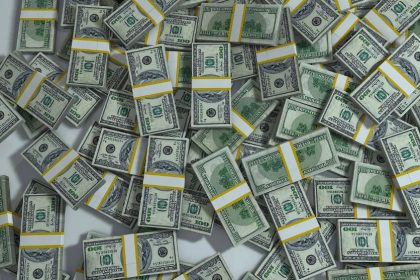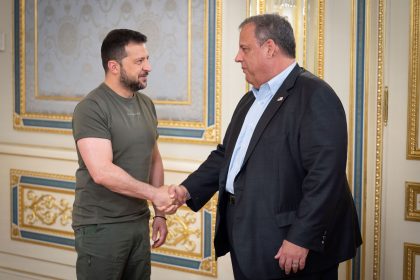Dozen Megadonors Account for Nearly 1 of Every 13 Dollars Raised Since 2009
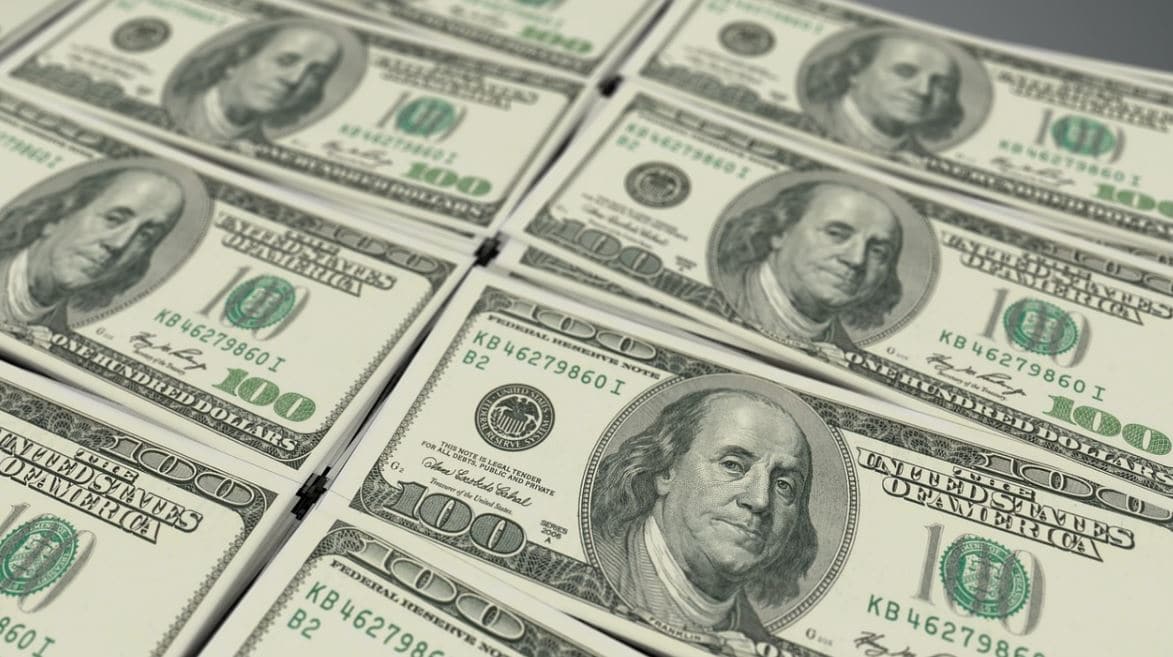
A dozen top megadonors — at least eight of whom are billionaires — have pumped a combined $3.4 billion dollars into federal elections since 2009, according to new research by Issue One, a nonpartisan group working to curtail the influence of money in politics.
Based on data provided by the nonpartisan Center for Responsive Politics, the Issue One analysis suggests these 12 individuals account for $1 out of every $13 raised by federal candidates between Jan. 2009 and Dec. 2020.
“This research shows the alarming influence of just a handful of wealthy megadonors in our political system,” said Issue One Founder and CEO Nick Penniman. “Our government can’t be responsive to all Americans if our elected officials are beholden to the elite donor class.”
The study found that the biggest donor was former New York Mayor Michael Bloomberg, who spent $1.4 billion. More than $1 billion of that went to his failed 2020 presidential campaign, while the remaining $314 million went to a slate of candidates and other groups involved in federal races.
Tom Steyer, another failed 2020 Democratic presidential contender, gave the second most money along with his wife, together spending $653 million. About $342 million of that went to his presidential bid.
The late Sheldon Adelson and his wife Miriam were the third biggest donors overall, and the largest for Republicans. Combined they spent $523 million on federal races
Rounding out the list of 12 were Richard and Elizabeth Uihlein, Ken Griffin, Timothy and Patricia Mellon, Joe and Marlene Ricketts, and Paul Singer, all of whom typically gave to Republicans; and Donald Sussman, Jim and Marilyn Simons, Fred Eychaner, and Dustin Moskovitz and his wife Cari Tuna, who tended to support Democrats.
The study showed money flowed to federal candidates and political party committees like the
Democratic National Committee and Republican National Committee, as well as to super PACs, which, unlike candidates and political parties, are legally allowed to accept contributions of unlimited amounts.
It also found that the big-money contributions were geographically concentrated. The top 100 zip codes for political giving accounted for less than 1% of the country’s population but about 20% of federal donations since restrictions were lifted by the Supreme Court in 2009.
“Americans are losing faith in our democratic institutions,” said Issue One Executive Director Meredith McGehee. “They see political gridlock and a broken campaign finance system that gives undue influence to billionaires and millionaires across the political spectrum, while the vast majority of ordinary citizens lack a seat at the table. Congress must urgently act to restrain the growing influence of money in our politics and build a system that truly represents all Americans, not just the wealthy few.”









